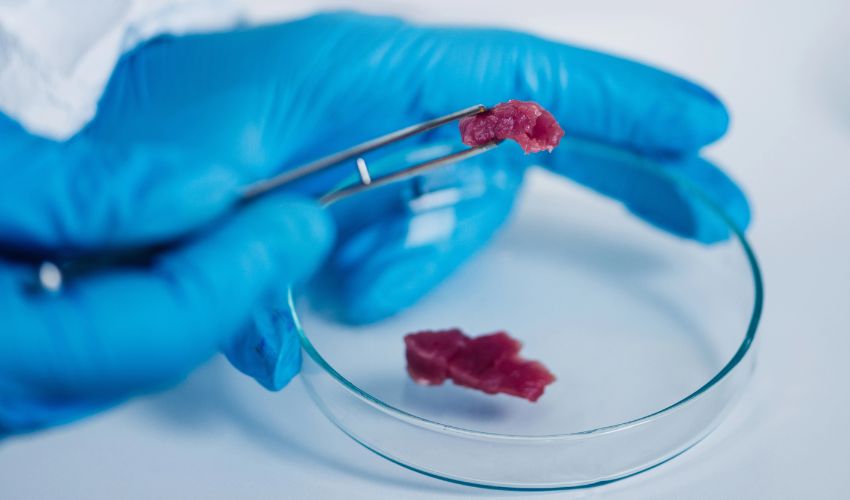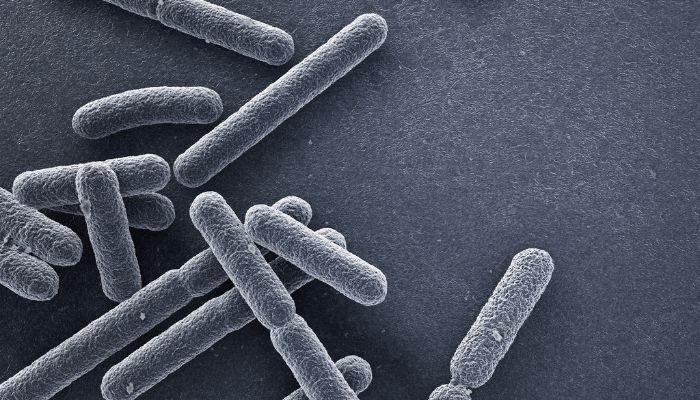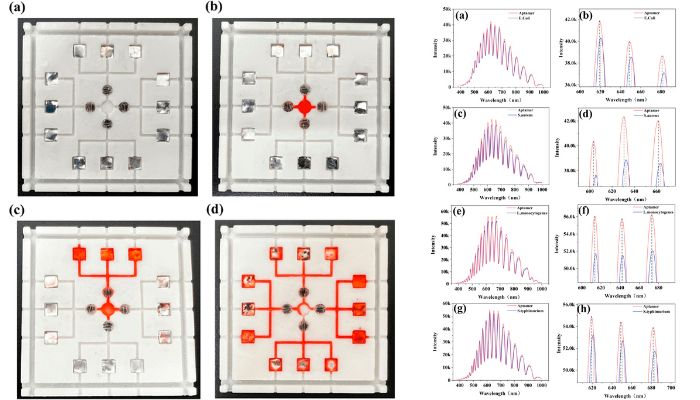New 3D Printed Chip Could Help Prevent Spread of Foodborne Illnesses

Who has never seen the dreaded public health announcement from the USDA, “food recalled due to pathogens”? Whether E.coli, Salmonella, Listeria, Norovirus or any of the at least 31 pathogens known to cause foodborne illnesses, tracking and ensuring that these do not end up in the public’s food is one of the government’s most important roles. However, as we have seen over the years, they are not infallible. Now, a new 3D printed chip may be what helps to make the difference.
Although it may seem like a rare occurrence, foodborne illnesses are widespread. In the United States alone, the CDC estimates that about 48 million people get sick, 128,000 are hospitalized and 3,000 die every year due to foodborne diseases each year. An astonishing statistic that only gets larger when applied to the entire world. For example, the WHO claims that ‘unsafe’ food causes 600 million cases and 420,000 deaths annually, with at least a third occurring in children under 5 years of age. Pregnant women and older adults also extremely susceptible to serious consequences.

Foodborne pathogens like E.coli (pictured) can have devastating effects on public health
This is exactly what the researchers from Guangdong University of Technology and Pudong New District People’s Hospital are hoping to attack with this new solution. By developing a faster, cheaper and more effective method for screening foods, they hope that they can help keep contaminated food out of the hands of consumers. And, of course, 3D printing has an important role to play.
A 3D Printed Chip for Better Food Screening
As mentioned, the most important factor for the research team was to create a method that would help detect pathogens. Author Silu Feng explains, “Detecting these pathogens is challenging, due to their diverse nature and the various environments in which they can thrive. Additionally, low concentrations of pathogens in large food samples, the presence of similar non-pathogenic organisms, and the complex nature of different food types make accurate and rapid detection difficult.”
He further notes that exiting detecting methods such as cell culture and DNA sequencing are challenging to employ at a large scale. Meaning that not every batch of food can be thoroughly tested. Feng also mentions that current methods face a number of obstacles such as lengthy result times, the need for specialized equipment and personnel and the inability to detect multiple pathogens at the same time. All of which should be solved with this 3D printed chip.
Made using fused deposition modeling via the Sermoon V2 3D printer and the Creality Slicer, post-processing, including sanding, was critical to improving surface quality of the 3D printed chip. The chosen ABS material also had some issues, namely its hydrophobic nature, which required a mix of the surface hydrophilic agent HYDRO 3000 and isopropyl alcohol (in a 3:7 ratio) to transform the detection platform into a hydrophilic 3D platform.
In terms of the 3D printed chip itself, according to the researchers, it was split into four sections with each tailored to detect a specific pathogen. In a sample, if that pathogen is present, it will bind to a detection surface and change optical properties. This was found to be effective in quickly detecting E.coli, salmonella, listeria and S.aureus, even at very low quantities.

A demonstration of the liquid flow function in the 3D printed testing platform (left); Representative optical signals for different pathogens (right)(photo credits: Feng et al.)
The hope now is that the device can be developed even further to make it even more applicable for food screening. But in any case, it is clear right now that this could have a huge impact on food safety in the future. You can read the full paper from AIP Advances HERE.
What do you think of this 3D printed chip for the detection of foodborne illnesses? Do you think it will make an impact? Let us know in a comment below or on our LinkedIn, Facebook, and Twitter pages! Don’t forget to sign up for our free weekly newsletter here for the latest 3D printing news straight to your inbox! You can also find all our videos on our YouTube channel.






